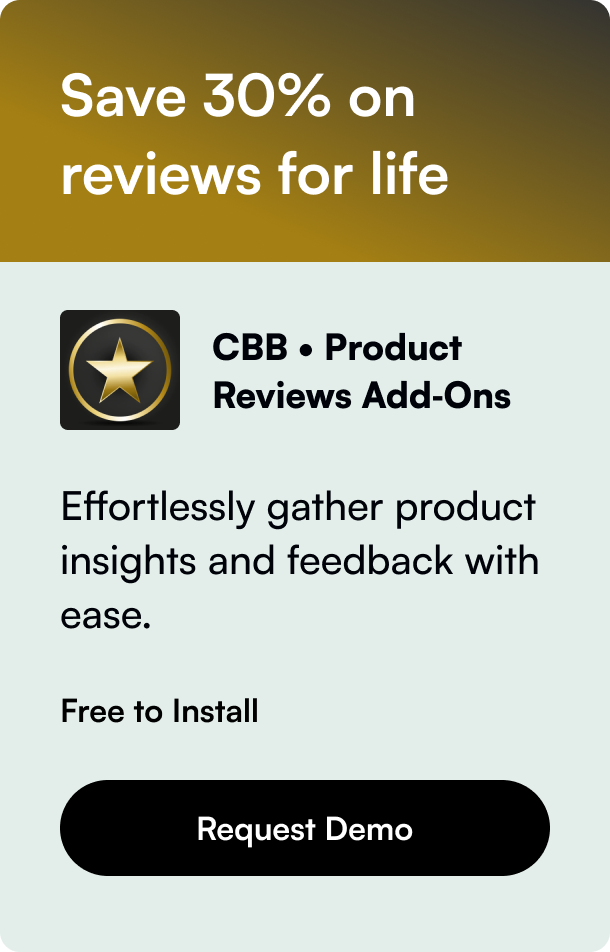Table of Contents
- Introduction
- The Potential of Multiple Shopify Stores
- Creating Multiple Shopify Stores: Step-by-Step
- Marketing and Promotion Across Multiple Stores
- Common Challenges and Solutions
- Frequently Asked Questions (FAQs)
- Conclusion
Introduction
Ever wondered about the potential of expanding your business by operating multiple storefronts on Shopify? Whether it's targeting different demographics, exploring niche markets, or simply catering to various geographical locations, managing multiple Shopify stores might be the strategy you need. With the ecommerce horizon widening each day, the idea of a single online store serving all purposes might not be enough for ambitious business owners aiming for growth. This blog post aims to demystify the process of adding and managing multiple stores on Shopify, ensuring you're well-equipped to take on this venture.
The essence of Shopify allows for an expansive, adaptable approach to running an online business. But the question lingers: How exactly do you add and efficiently manage multiple stores on Shopify? By the end of this article, you'll have gained insights into the feasibility, benefits, and operational know-how of multi-store management on Shopify. Let's explore the potential to amplify your business's reach, tailor unique customer experiences, and ultimately, drive more sales through multiple Shopify stores.
The Potential of Multiple Shopify Stores
Advantages of Expanding Your Shopify Presence
Operating multiple Shopify stores has a multitude of benefits. Firstly, it allows businesses to target different market segments more effectively. By creating separate storefronts, each can be tailored to a specific audience with curated products, marketing strategies, and brand messaging. This segmentation results in a more personalized shopping experience, likely to increase customer satisfaction and loyalty.
Moreover, this strategy enables businesses to test new markets or product lines with minimal risk. If one venture doesn’t perform as expected, it won’t necessarily impact the performance or reputation of other storefronts under the same business umbrella.
Feasibility and Considerations
Before diving into multiple Shopify stores, it's crucial to evaluate the feasibility and additional responsibilities it entails. Each store requires its own subscription, management, and promotional efforts. However, Shopify facilitates these multi-store ventures by allowing up to 10 stores on a single account, each potentially servicing different niches or geographical locations.
Creating Multiple Shopify Stores: Step-by-Step
To embark on your venture of managing multiple Shopify stores, the process begins with setting up each store individually. Each store operates independently, allowing for unique domain names, product lines, and customization. Even though they run on separate subscriptions, managing them under one umbrella account simplifies user access and oversight.
Technical Set-Up and Design
For each new store, the setup process mirrors that of creating your first Shopify store. You select a theme, customize the layout, add your products, and set up payment and shipping options. However, the design and product offerings should resonate with the specific target audience of each store.
Efficient Management Strategies
Managing multiple stores requires a streamlined approach to maintain consistency and efficiency. Utilize Shopify's dashboard to monitor performance metrics across all stores and employ third-party tools or Shopify apps designed for inventory management and cross-store analytics. Establishing a centralized customer support hub can also improve operational efficiency, offering a unified system for customer inquiries from any of your stores.
Marketing and Promotion Across Multiple Stores
A strategic promotional approach is crucial for the success of multiple Shopify stores. Tailored marketing campaigns should reflect the unique identity and audience of each store, while also leveraging cross-promotion opportunities where appropriate. Utilize email marketing, social media platforms, and SEO best practices to attract and retain customers in each segmented market.
Leveraging insights and data analytics across your stores can uncover cross-marketing opportunities, enabling shared learning and strategy optimization for broader business growth.
Common Challenges and Solutions
Inventory Management
A significant challenge of operating multiple stores is managing inventory across all sites. Opt for centralized inventory management systems that integrate seamlessly with Shopify, ensuring real-time updates and avoiding stock discrepancies.
Brand Consistency
Maintaining brand consistency without homogenizing your stores can be tricky. Although each store targets different segments, a cohesive brand message and values should resonate throughout. Consistent brand elements, such as logos and color schemes, paired with unique content, achieve this balance.
Frequently Asked Questions (FAQs)
Q1: Can I use the same email address for multiple Shopify stores? A: Yes, Shopify allows you to associate multiple stores with a single email address. However, each store requires an independent account and subscription.
Q2: How many stores can I have on Shopify’s basic plan? A: The basic Shopify plan allows for a single store. For additional stores, each requires its own subscription, but managing them under one account is possible.
Q3: Is it possible to share inventory across multiple Shopify stores? A: While each store has its inventory system, third-party apps and Shopify’s own multi-location inventory feature facilitate centralized inventory management across multiple stores.
Q4: Can I offer store-specific promotions or discounts? A: Absolutely. Since each store operates independently, you can tailor promotions, discounts, and marketing strategies to suit the target audience of each store.
Q5: What are the main challenges of managing multiple Shopify stores? A: Significant challenges include maintaining consistent branding, efficient inventory management, and segment-specific marketing efforts. Strategic planning and utilizing Shopify-compatible tools are essential for overcoming these challenges.
Conclusion
Expanding your business through multiple Shopify stores opens up a realm of opportunities for targeting diverse market segments, experimenting with new product lines, and amplifying your brand's reach. Despite the challenges of managing multiple storefronts, the potential rewards in enhanced customer engagement, increased sales, and business growth are substantial.
By embracing a strategic approach, leveraging Shopify’s supportive ecosystem, and employing efficient management practices, your venture into multi-store ecommerce holds the promise of significant success. Unlock the full potential of your ecommerce business by exploring the endless possibilities of operating multiple Shopify stores.








